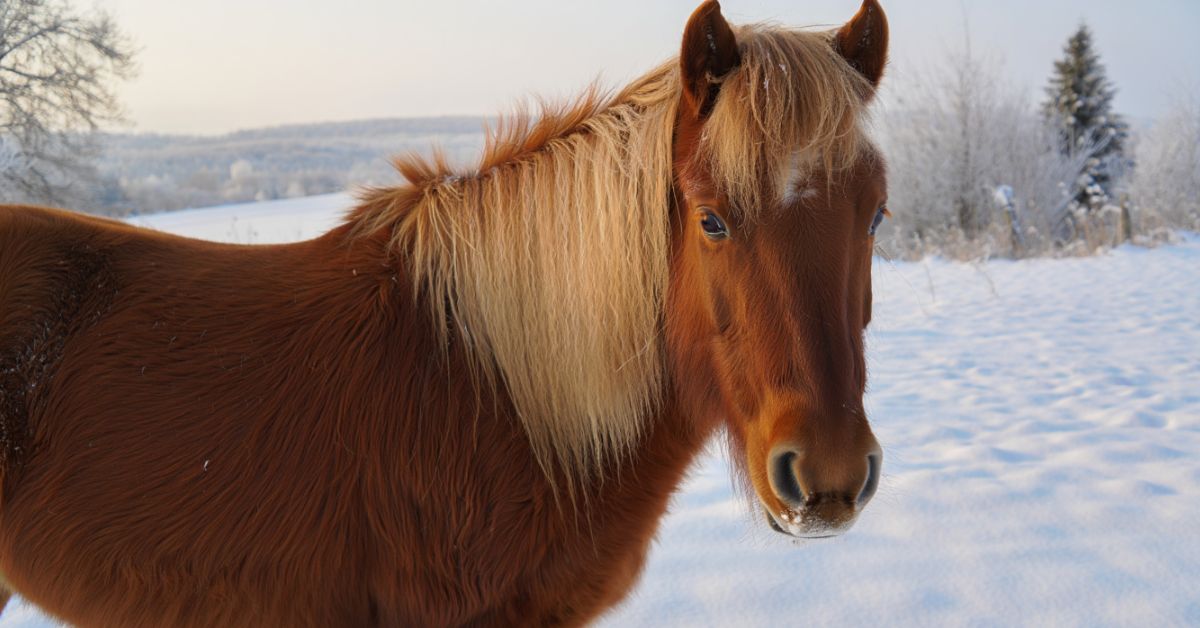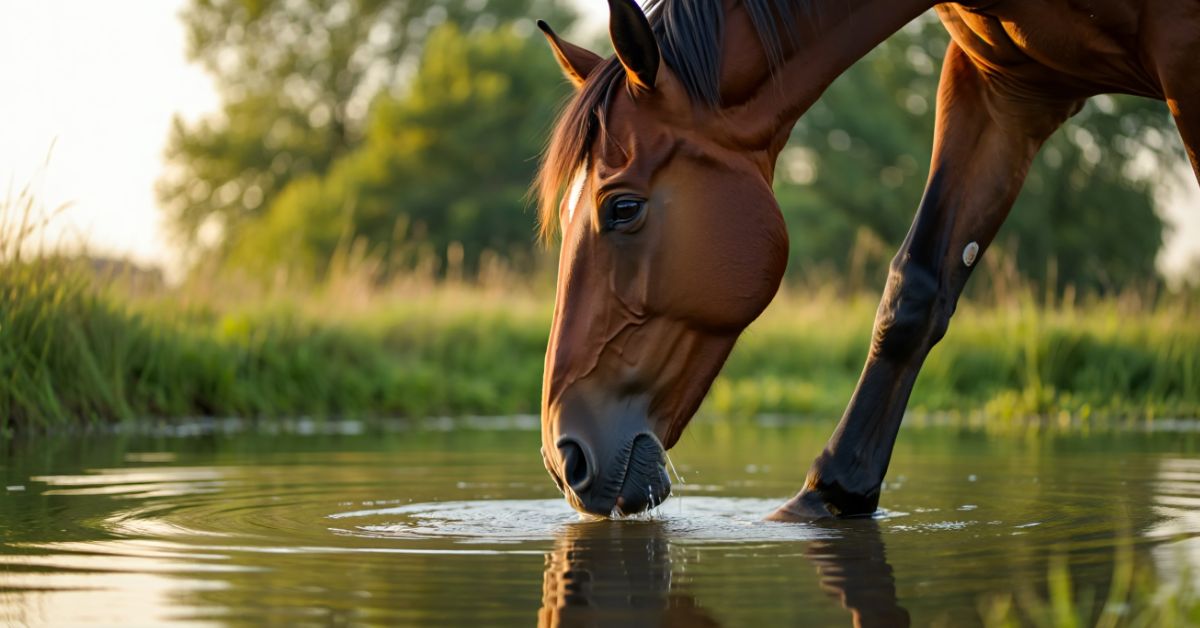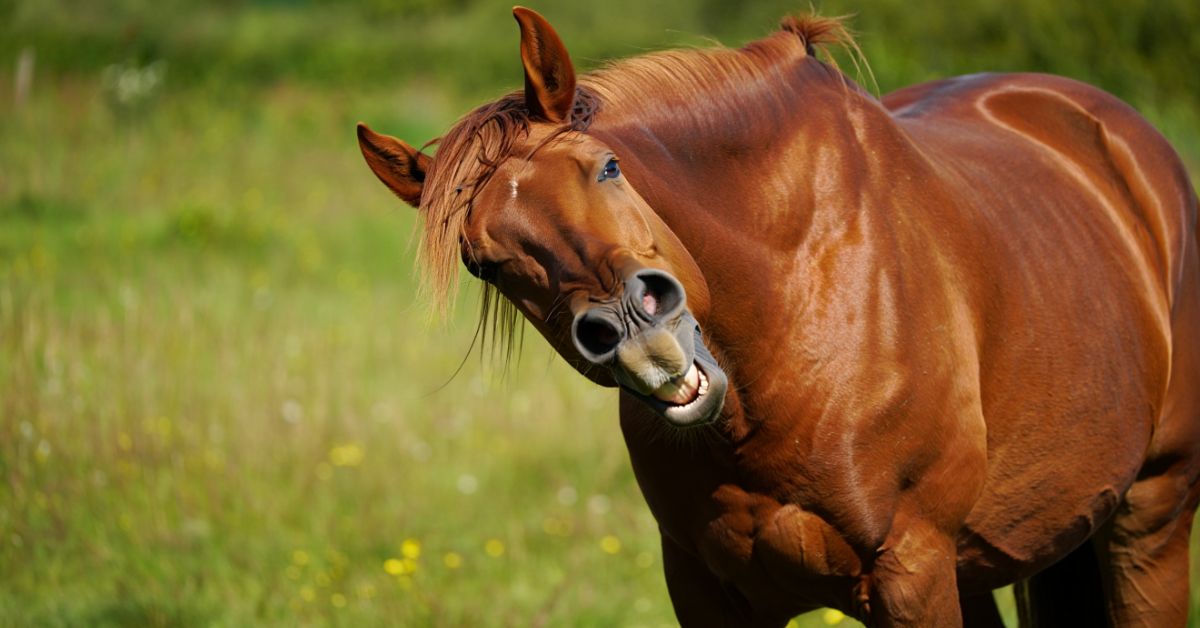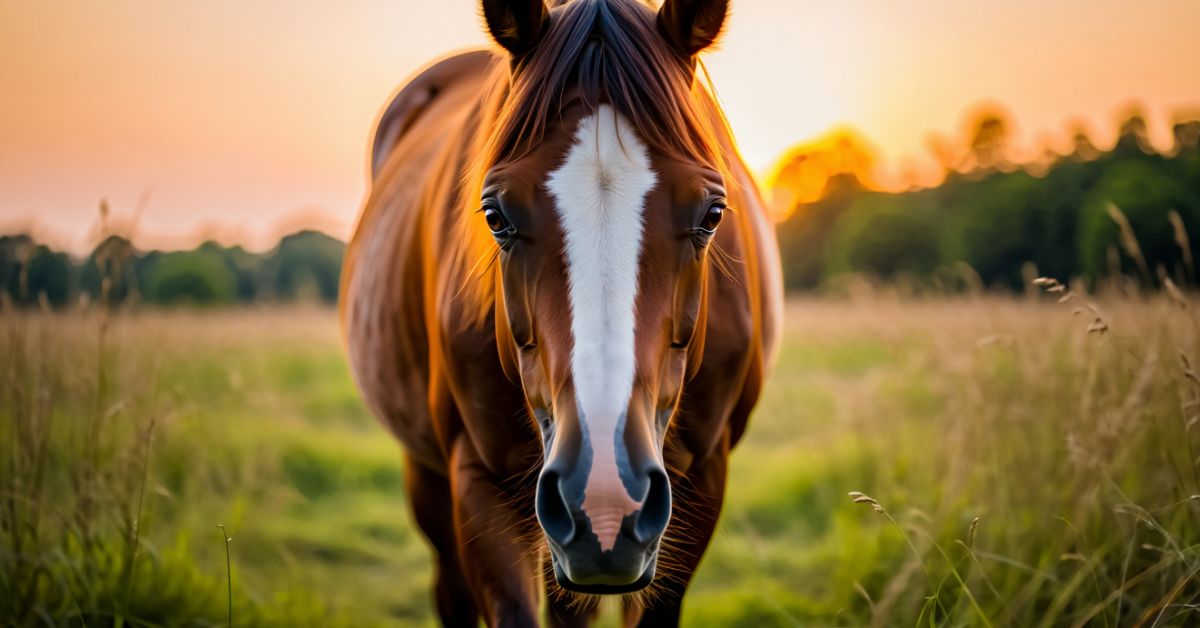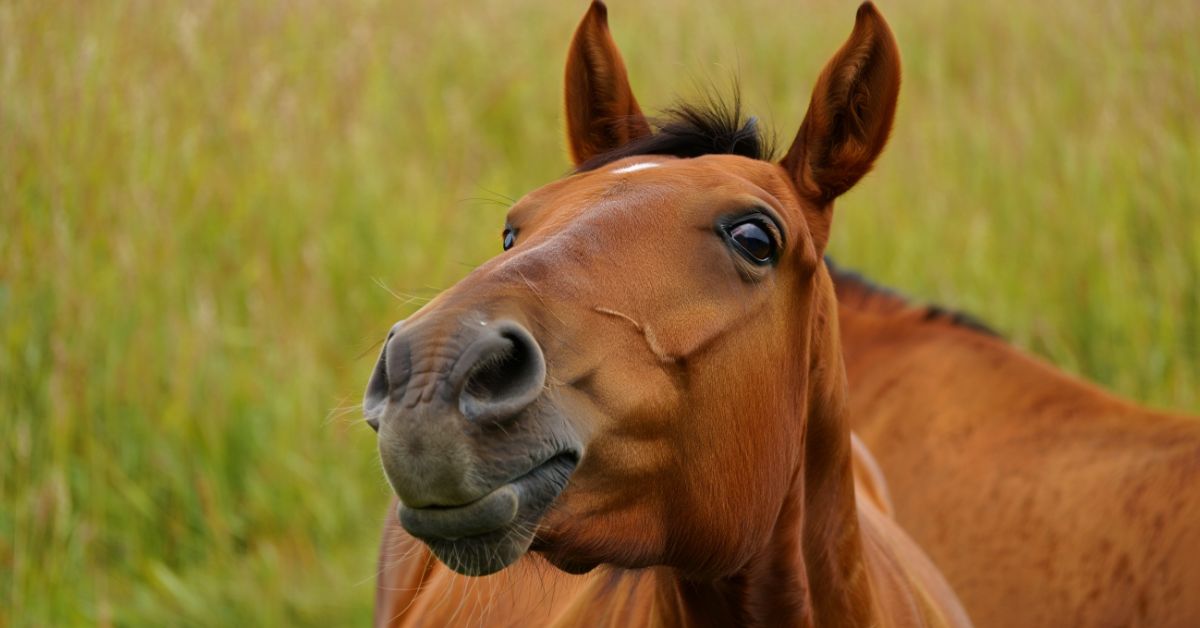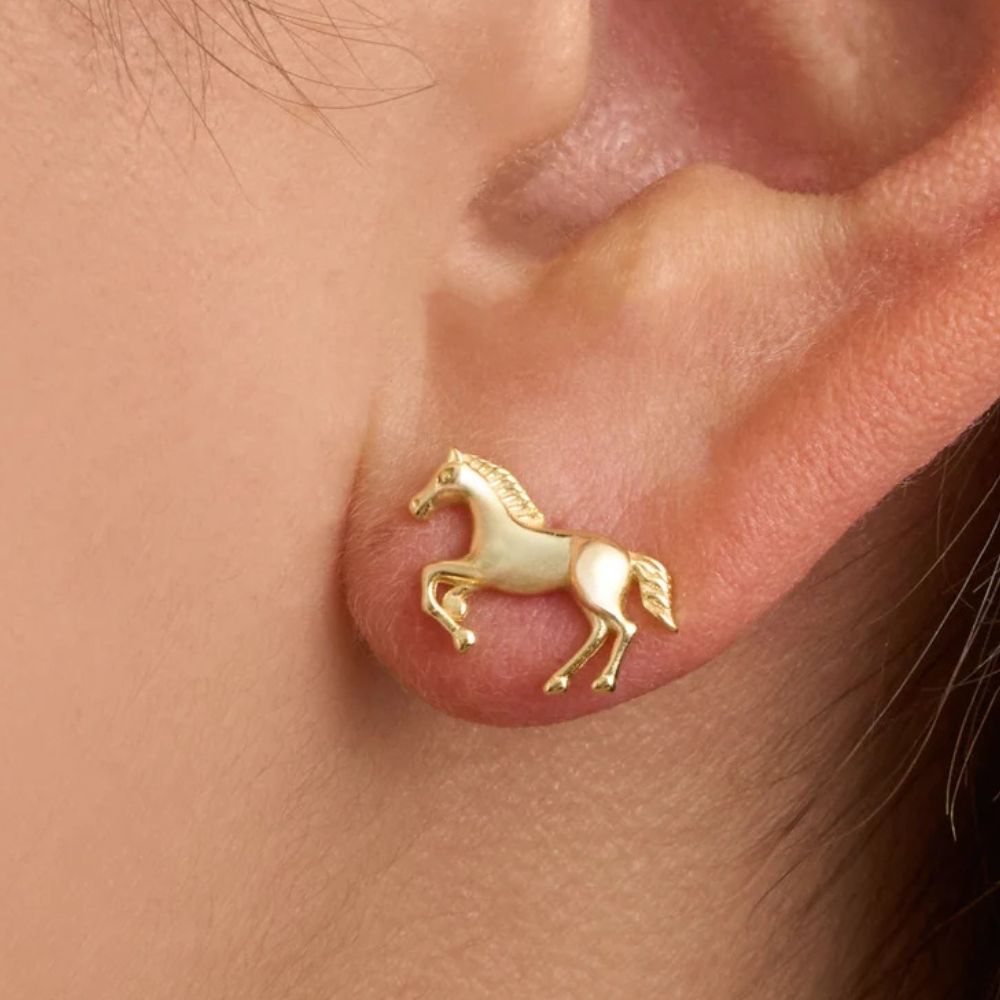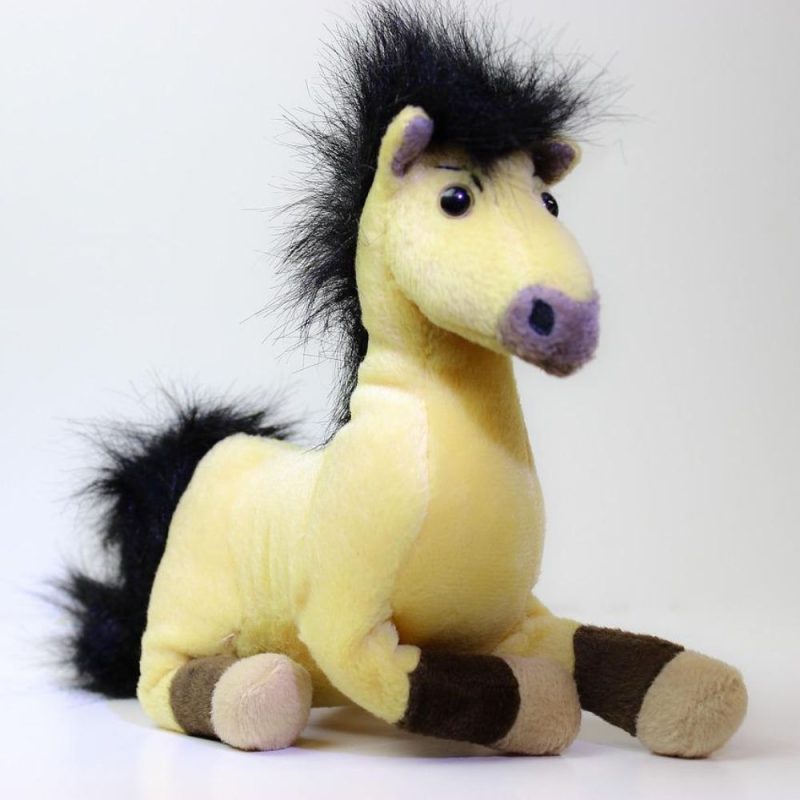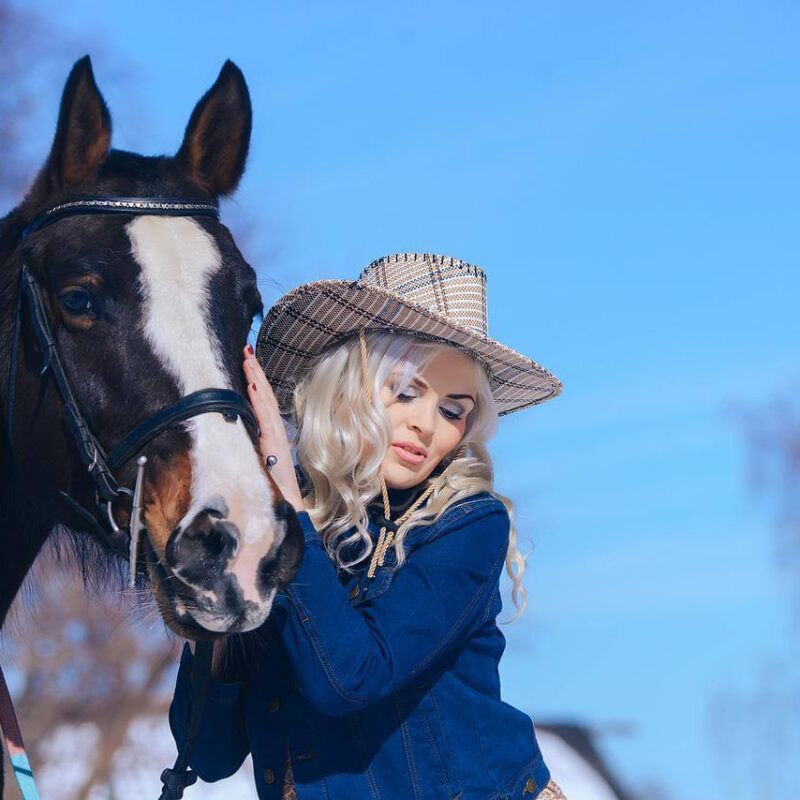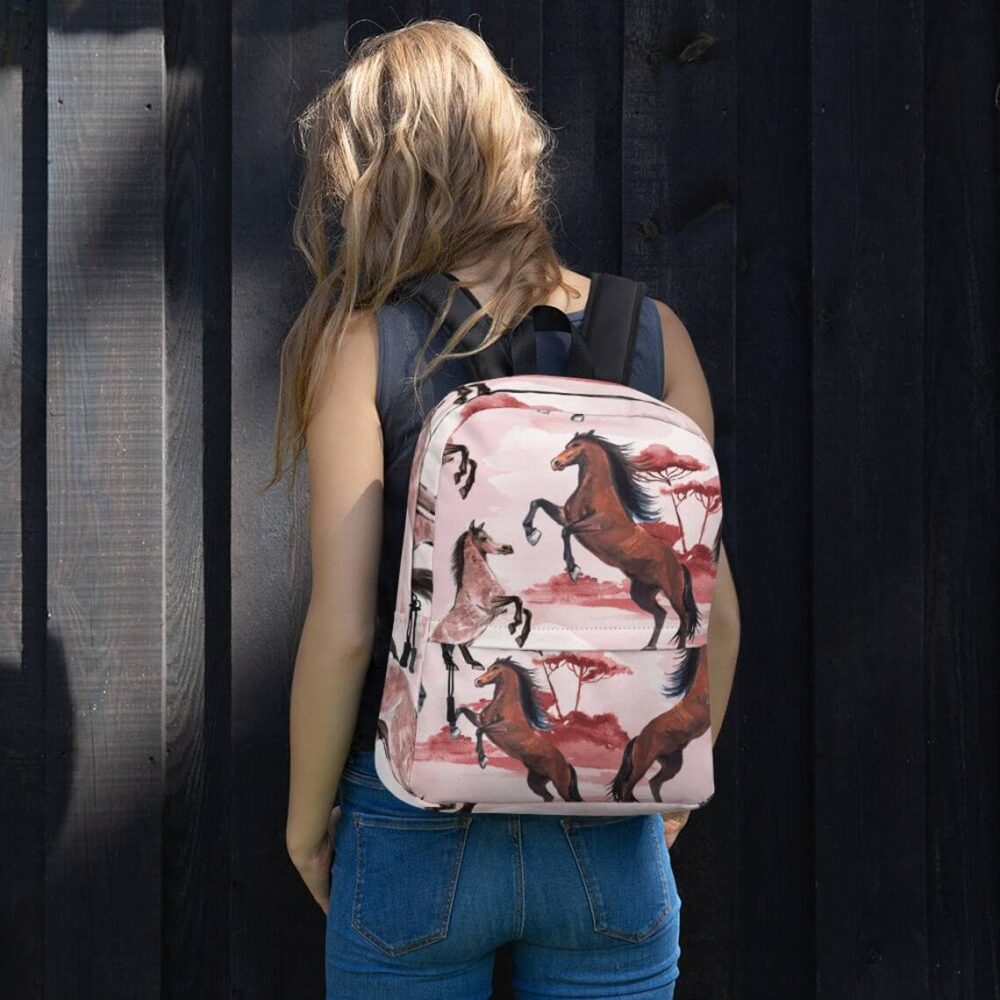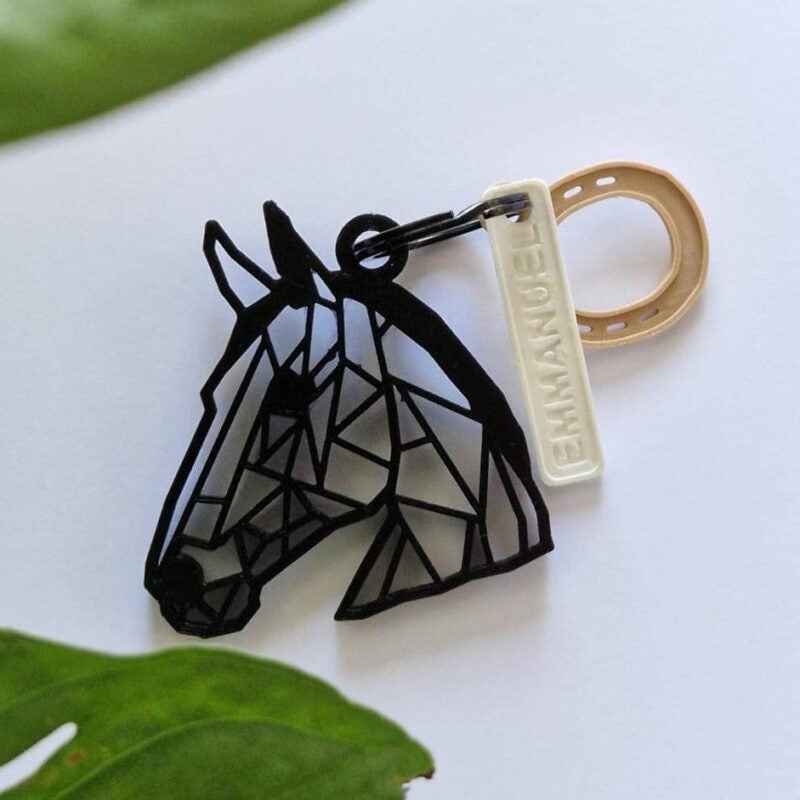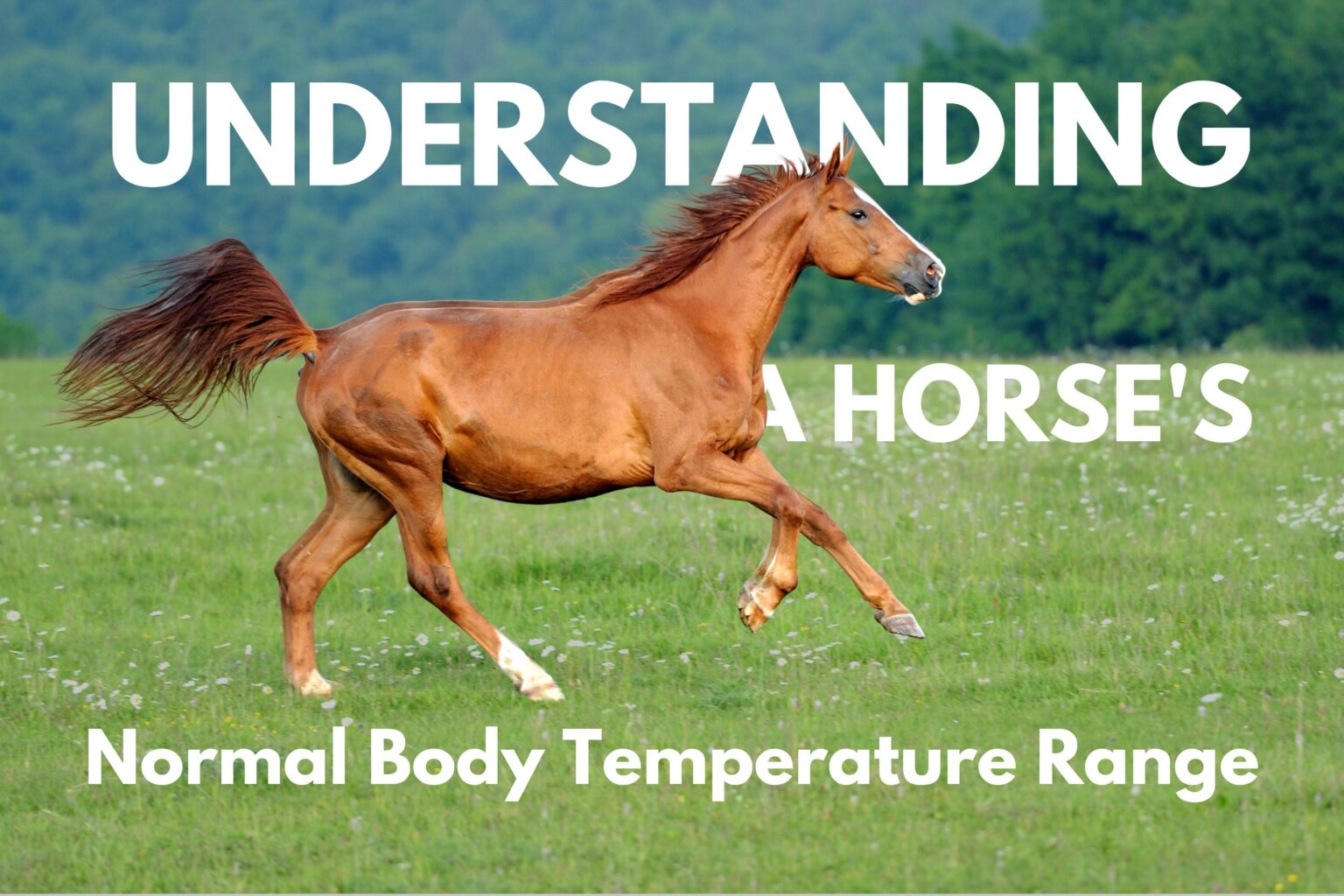
What is the Normal Temperature for a Horse?
As a horse owner or equine enthusiast, understanding your horse’s normal temperature range is crucial for monitoring its health and well-being. A horse’s body temperature can fluctuate due to various factors, including exercise, ambient temperature, and underlying medical conditions. In this comprehensive guide, we’ll explore the average temperature for horses, the factors that influence it, and when to seek veterinary attention.
The Normal Temperature Range for Horses
The normal temperature range for a horse is typically between 99.5°F (37.5°C) and 101.5°F (38.6°C). However, it’s essential to note that this range can vary slightly depending on the individual horse, its age, breed, and environmental conditions.
Factors Affecting a Horse’s Body Temperature
Several factors can influence a horse’s body temperature, including:
- Exercise: Horses generate a significant amount of heat during physical activity, causing their body temperature to rise temporarily. After intense exercise, it’s common for a horse’s temperature to reach up to 103°F (39.4°C) or higher.
- Ambient Temperature: Extreme weather conditions, whether hot or cold, can impact a horse’s ability to regulate its body temperature. In hot weather, horses may experience heat stress, while cold temperatures can lead to hypothermia.
- Age: Young foals and older horses may have a slightly higher or lower normal temperature range due to their developing or declining thermoregulatory mechanisms.
- Breed: Some horse breeds, such as draft horses, may have a slightly higher normal temperature range compared to lighter breeds due to their larger muscle mass and metabolic rate.
- Illness or Injury: Certain medical conditions, infections, or injuries can cause a horse’s temperature to rise above or fall below the normal range.
Taking a Horse’s Temperature
To accurately monitor a horse’s temperature, it’s essential to use a digital thermometer designed for veterinary use. The most common method is to take the horse’s rectal temperature. Here’s a step-by-step guide:
- Lubricate the thermometer with a water-based lubricant.
- Gently insert the thermometer into the horse’s rectum, angling it slightly to follow the curve of the rectum.
- Leave the thermometer in place until it beeps or the required time has elapsed (typically 1-2 minutes).
- Remove the thermometer and read the temperature.
➤ Also Read: How cold can horses tolerate?
When to Seek Veterinary Attention
While it’s normal for a horse’s temperature to fluctuate within the typical range, significant deviations from this range can indicate an underlying health issue. Here are some guidelines for when to seek veterinary attention:
- Fever: If a horse’s temperature exceeds 102°F (38.9°C), it may be experiencing a fever, which can be a sign of infection, inflammation, or other medical conditions.
- Hypothermia: If a horse’s temperature drops below 96°F (35.6°C), it may be experiencing hypothermia, which can be life-threatening if left untreated.
- Persistent Temperature Changes: If a horse’s temperature remains consistently higher or lower than the normal range for an extended period, it’s advisable to consult with a veterinarian.
Managing a Horse’s Temperature
Maintaining a horse’s optimal temperature range is essential for its overall health and performance. Here are some tips for managing a horse’s temperature:
- Provide Adequate Shelter: Ensure that your horse has access to shelter from extreme weather conditions, such as a well-ventilated barn or shed.
- Adjust Exercise Routines: During hot weather, consider reducing the intensity and duration of exercise or scheduling workouts during cooler parts of the day.
- Offer Electrolyte Supplements: Electrolyte supplements can help horses replace essential minerals lost through sweating, which aids in temperature regulation.
- Monitor Hydration: Ensure that your horse has access to fresh, clean water at all times to maintain proper hydration levels.
- Use Cooling Techniques: After intense exercise or in hot weather, consider using cooling techniques like hosing your horse with cool water or applying cooling wraps to help lower its body temperature.
The Importance of Monitoring Temperature
Regularly monitoring a horse’s temperature is an essential aspect of equine health management. By establishing a baseline normal temperature for your horse and being aware of factors that can influence it, you can quickly identify potential health concerns and take appropriate action.
Seeking prompt veterinary attention when a horse’s temperature deviates significantly from the normal range can help prevent minor issues from escalating into more serious health problems.
Quotes from Equine Experts
“Temperature monitoring is one of the most valuable tools we have in equine healthcare. A horse’s temperature can provide vital clues about its overall health status and alert us to potential problems before they become more severe.” – Dr. Emily Jones, Equine Veterinarian
“As horse owners, we must be proactive in monitoring our animals’ health, and temperature plays a crucial role. By staying vigilant and seeking professional advice when necessary, we can ensure our horses receive the care they need to thrive.” – Sarah Thompson, Equine Nutritionist
Ready to surprise the horse lover in your life? Explore our exclusive collections to find the perfect gift that combines passion and style. Add a touch of elegance with our stunning Horse Wall Art or make every moment special with a unique Horse Clock. For early risers, our charming Horse Alarm Clocks are both practical and stylish. Transform any space with a captivating Horse Painting or create a bold statement with a Horse Wall Mural. Shop now and bring the spirit of equestrian beauty into your home or gift it to someone special!
Frequently Asked Questions
Q1: What is the normal temperature range for a newborn foal? A newborn foal’s normal temperature range is slightly higher than an adult horse, typically between 100°F (37.8°C) and 102.5°F (39.2°C). It’s essential to monitor a foal’s temperature closely in the first few weeks of life.
Q2: Can a horse’s temperature fluctuate throughout the day? Yes, a horse’s temperature can fluctuate slightly throughout the day due to factors such as activity levels, ambient temperature, and digestion. However, significant deviations from the normal range should be monitored.
Q3: How long does it take for a horse’s temperature to return to normal after exercise? The time it takes for a horse’s temperature to return to normal after exercise can vary, but it typically takes 30 minutes to an hour for the temperature to start decreasing, and it may take several hours to return to the normal range.
Q4: Can stress affect a horse’s temperature? Yes, stress can cause a horse’s temperature to rise slightly. Stressful situations, such as transportation, competition, or changes in environment, can trigger a temporary increase in body temperature.
Q5: Should I take my horse’s temperature regularly? While it’s not necessary to take a horse’s temperature regularly if it appears healthy, it’s a good practice to establish a baseline normal temperature for your horse. Monitoring temperature can help detect potential health issues early on.
By understanding the normal temperature range for horses and the factors that can influence it, you can better monitor your horse’s health and well-being. Remember, seeking prompt veterinary attention when temperature deviations occur can help prevent minor issues from escalating into more serious health problems. Regular temperature monitoring, combined with a keen eye for changes in your horse’s behavior and appearance, can help ensure a happy and healthy equine companion.
